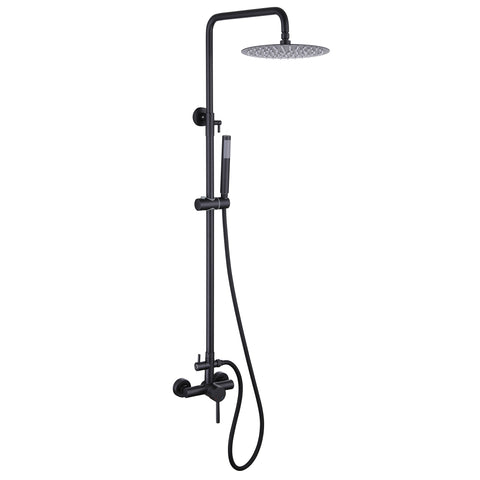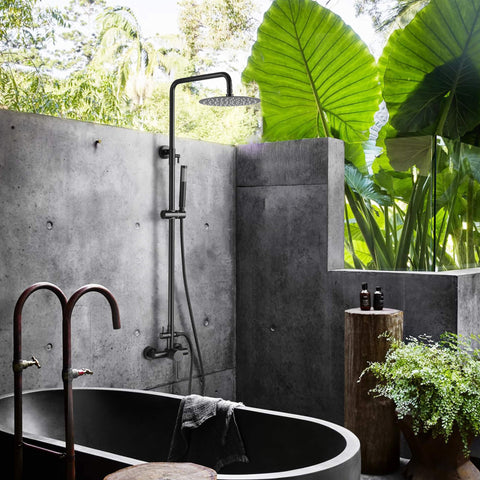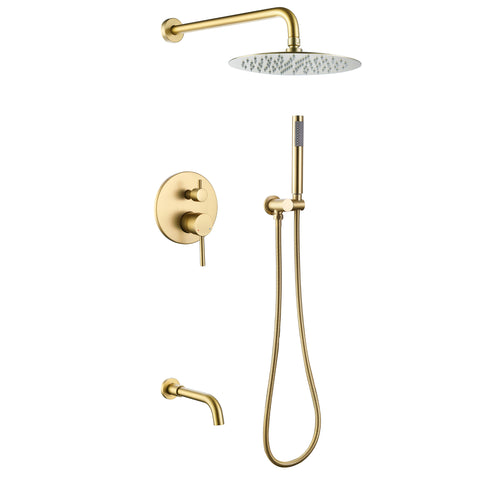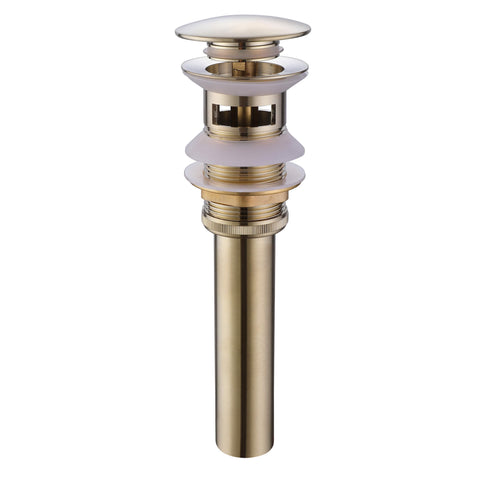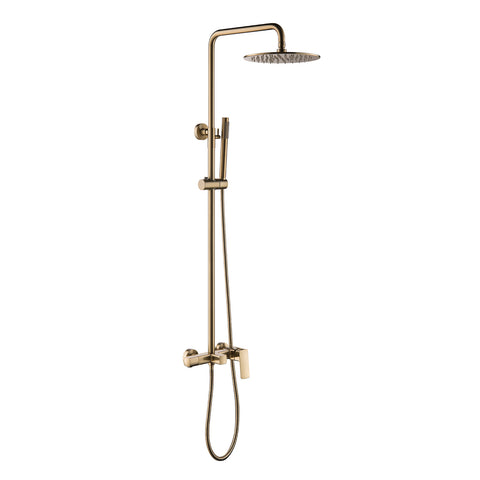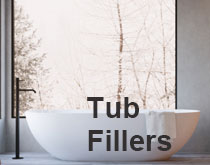How to Install an LED Bathroom Mirror?
The main function of a mirror is to show an image. In front of the mirror, we can see your face or judge whether the hairstyle is right. In modern bathrooms, mirrors also have a design function. Do you know how high to place the mirror?
The first mirror was probably the water mirror, but the first glass mirror was invented around 1300. It was made in the Italian city of Venice several centuries ago. Nowadays we use mirrors in the bathroom not only to make us pretty but also to improve the interior design. In small bathrooms, a mirror makes the room appear larger. Did you buy a new bathroom mirror? Then you might be interested in how high you should hang or stick it.

The best installation height for LED bathroom mirrors
The mounting height for bathroom mirrors mainly depends on the height of the family members. We should hang the mirror so that the center of the mirror is at eye level. It is good if you still have 10 or 20 cm of free space above your head when you look in the mirror. If a bathroom is used by several people of different heights, the installation height from the finished floor is specified – the lower edge should be 120 cm and the upper edge 200 cm from the floor.
Distance between LED bathroom mirror and washbasin
The location of the sink also determines the mounting height for bathroom mirrors. In modern bathrooms, the mirror is placed directly on the base cabinet. This variant looks very elegant, but we find it rather impractical. If you place the mirror too low to the sink, you will then have to constantly remove water stains and clean the bathroom mirror.
Fix the LED mirror with double-sided tape
Don't want to drill into the wall? Then stick the bathroom mirror! You should clean the surfaces to be bonded with technical alcohol or technical petrol to get them free of oil, grease, dust and dirt. We do not recommend using alcohol-based cleaning products as they can damage the surface, nor using water with detergent as it contains fatty oils.
First, cut the tape to the desired length. Glue it as close to the edge as possible and to the extreme corner. With large mirrors, it is important that you mask off the entire edge. Furthermore, stick several strips at equal intervals in the center of the mirror and peel off the foil. Now you can stick the mirror on the wall. You have to be precise. Once the tape touches the surface, stop peeling off the mirror. And if it's crooked, there's nothing you can do about it, you can't correct the position. After placing the mirror on the wall, press and hold it for a while. For example, you can slide a suitable board under the mirror so that the adhesive does not have to hold the entire weight of the mirror right away.
Glue the LED mirror on the wall
First, prepare the ground properly. The wall must be ready to bear, dry, and free of grease and dust. Apply the glue 1 cm from the edge. Apply the adhesive to the back of the mirror in vertical or horizontal 5 mm wide stripes. Then press the mirror evenly. In contrast to the adhesive tapes, you still have the option to move the mirror slightly after it has been attached to the wall before the adhesive dries. Then fix the mirror mechanically until the adhesive hardens. Always choose an adhesive that is specifically designed for attaching mirrors.
When buying adhesive or adhesive strips, pay attention to the load capacity specified on the packaging. In general, you can also glue very large and heavy mirrors. However, this requires good glue that is explicitly designed for mirrors.
The disadvantage of tape and glue is that with heavy mirrors you have no choice but to trust that the mirror will last for several years. On the other hand, paradoxically, excessive force is also a disadvantage since the eventual removal of the glued mirror will be difficult.
The adhesives or tapes are good for attaching to tiles because they are smooth and flat surfaces. For uneven surfaces, combine both attachment methods – adhesive tapes in conjunction with a contact adhesive are a good choice. Alternatively, you can use silicone on uneven surfaces, but only neutral silicone.
Hang the LED mirror on the wall
The advantage of hanging is that the mirror is easy to remove but requires intervention in the wall. Drill holes for the dowels on the wall where you want to hang the mirror. Then screw in the components that will hold or hang the mirror. Glue the hooks to the back of the mirror (sometimes they are already glued). If the top edge is farther from the wall than the bottom edge, stick something soft on the wall in the lower part of the mirror. Then the gap between the top and bottom edges is the same width.
Finally, use the spirit level to check whether the mirror is hanging straight.
